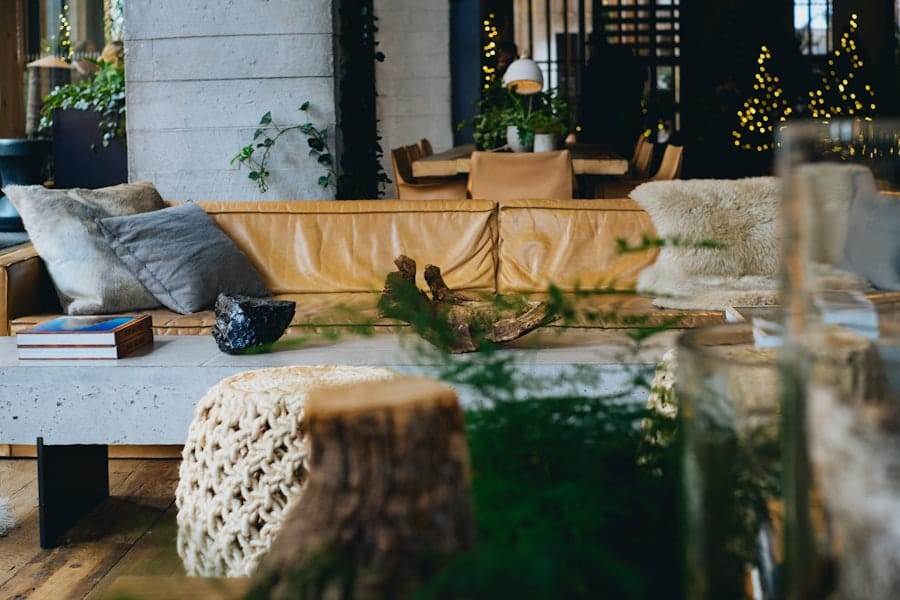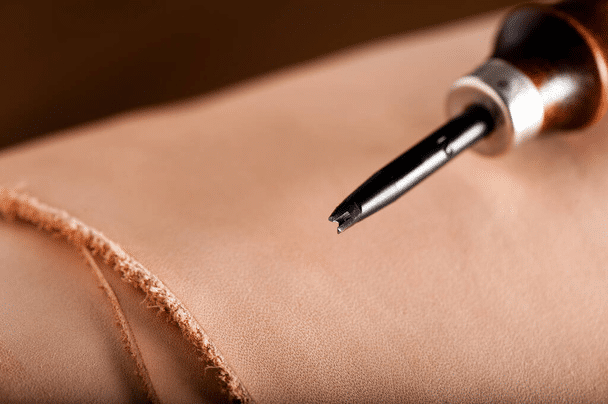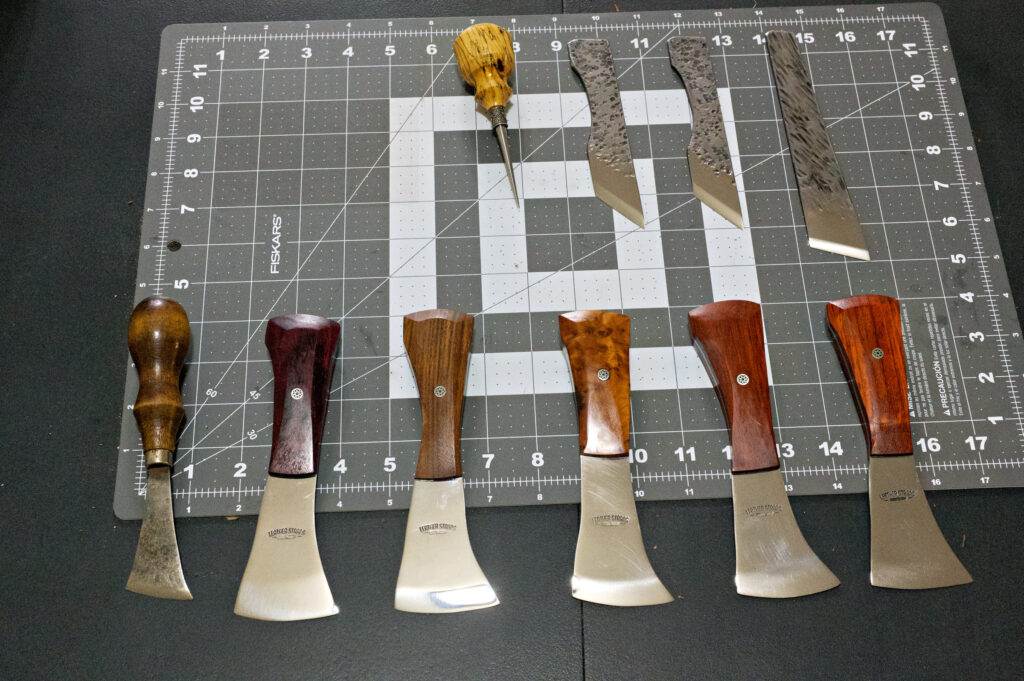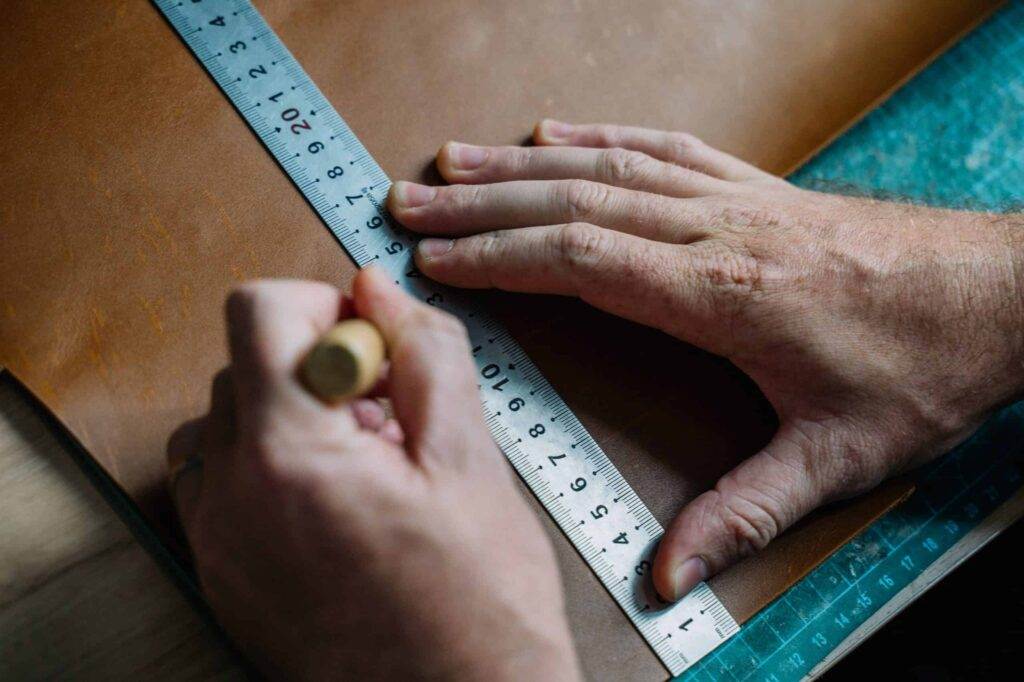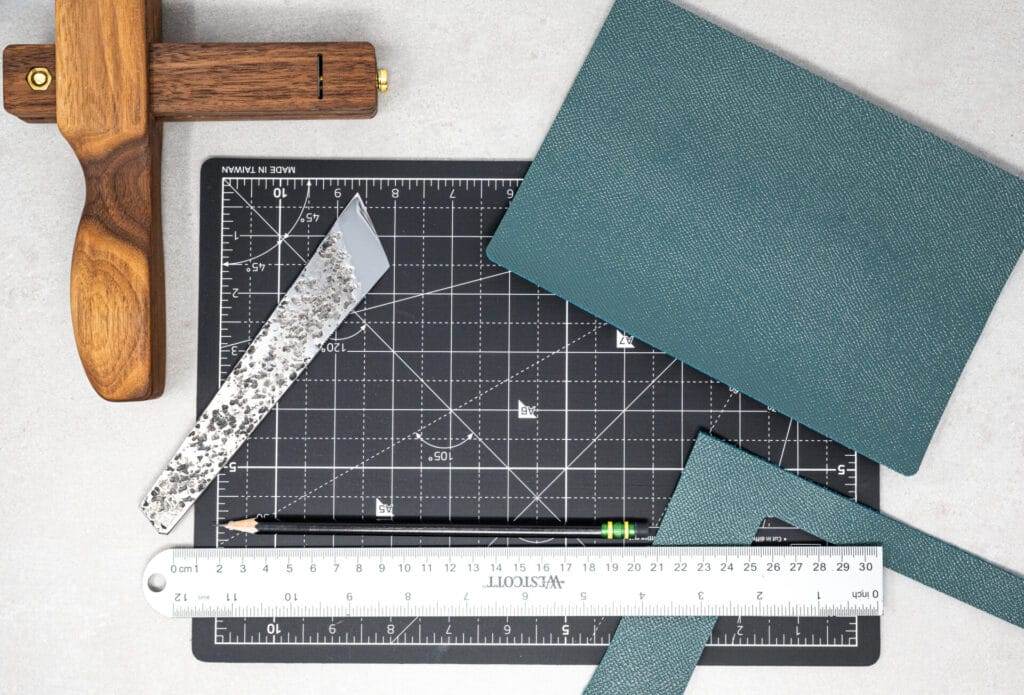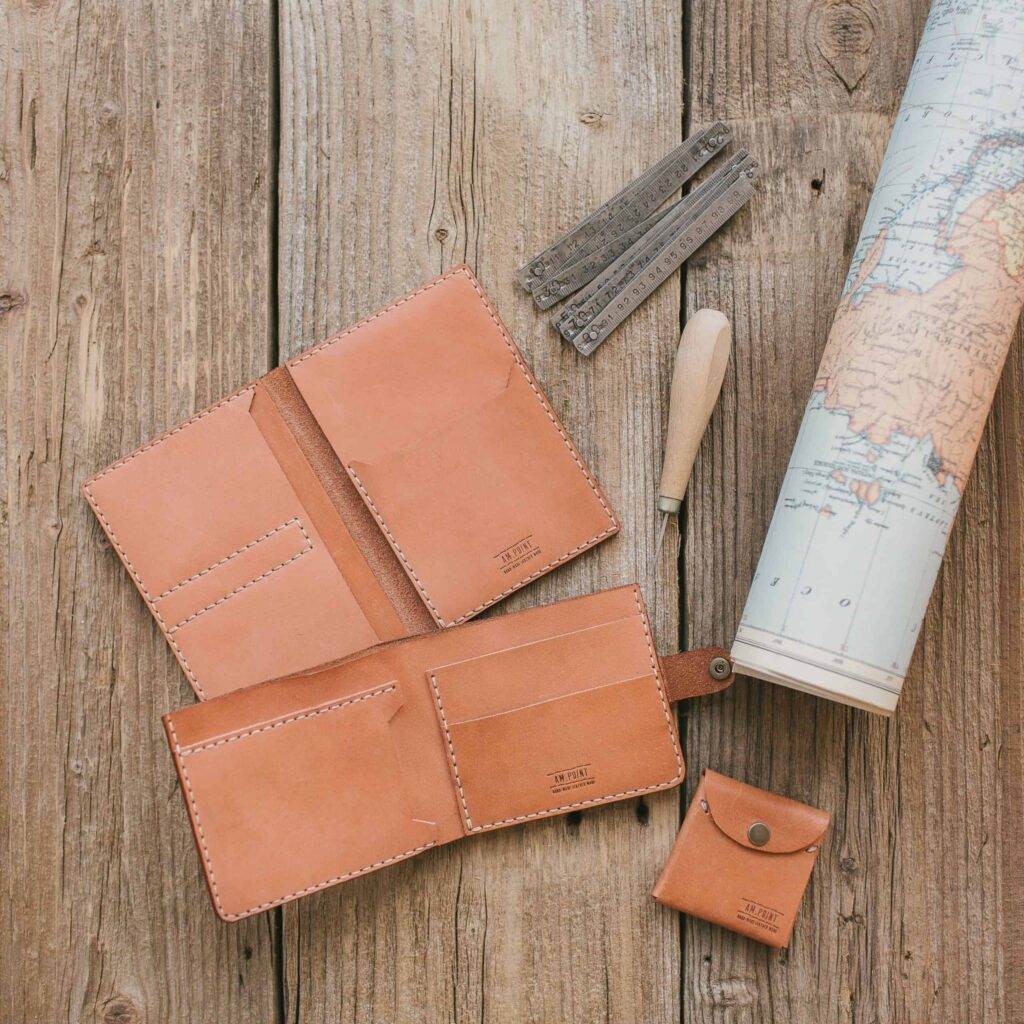Understanding Leather Temper and Flexibility in Leathercraft
Leather temper refers to the inherent characteristics of leather that determine its firmness, flexibility, and overall usability in various applications. It is a crucial aspect of leather that influences how it behaves when subjected to different conditions, such as bending, stretching, or molding. The temper of leather can range from soft and pliable to hard and rigid, and this variability is essential for artisans and craftsmen who work with leather in diverse projects.
Understanding leather temper is fundamental for anyone involved in leathercraft, as it directly impacts the final product’s quality and functionality. The temper of leather is influenced by several factors, including the type of animal hide used, the tanning process, and any additional treatments applied to the leather. For instance, vegetable-tanned leather typically has a firmer temper compared to chrome-tanned leather, which is often softer and more pliable.
This distinction is vital for artisans who need to select the appropriate leather for their specific needs, whether they are crafting bags, belts, or intricate leather goods. By grasping the concept of leather temper, craftsmen can make informed decisions that enhance their work’s durability and aesthetic appeal.
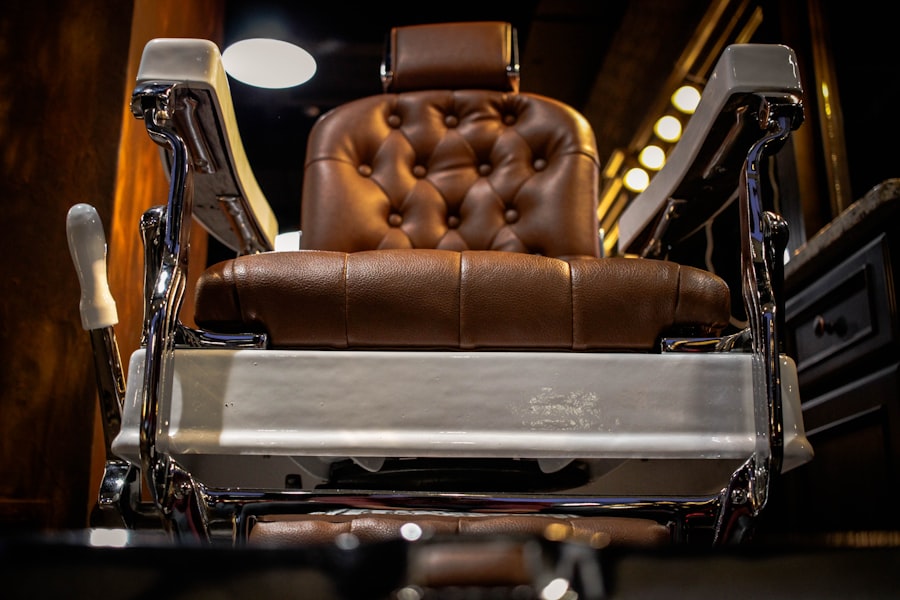
Key Takeaways
- Leather temper refers to the stiffness or flexibility of leather, which is determined by the tanning and finishing processes.
- Factors affecting leather flexibility include the type of animal hide, tanning method, and finishing techniques used.
- Different types of leather temper include stiff, medium, and soft, each suitable for different types of projects.
- Choosing the right leather temper for your project depends on the intended use and desired level of flexibility.
- Techniques for adjusting leather flexibility include conditioning, wet molding, and heat treatment to achieve the desired level of flexibility.
Factors Affecting Leather Flexibility
Several factors contribute to the flexibility of leather, making it essential for artisans to consider these elements when selecting materials for their projects. One of the primary factors is the type of tanning process used. Vegetable tanning, for example, often results in stiffer leather that may require breaking in to achieve optimal flexibility.
In contrast, chrome tanning produces softer leather that is more pliable right from the start. The choice of tanning method can significantly influence how the leather will perform in various applications. Another critical factor affecting leather flexibility is the thickness of the hide.
Thicker hides tend to be stiffer and less flexible than thinner ones. While thicker leather can provide durability and strength, it may not be suitable for projects requiring a high degree of flexibility, such as clothing or intricate designs. Additionally, the specific animal from which the hide is sourced plays a role in determining flexibility.
For instance, lambskin is known for its softness and flexibility, making it ideal for garments, while cowhide may offer more durability but less pliability. Understanding these factors allows artisans to choose the right leather for their intended use.
Different Types of Leather Temper
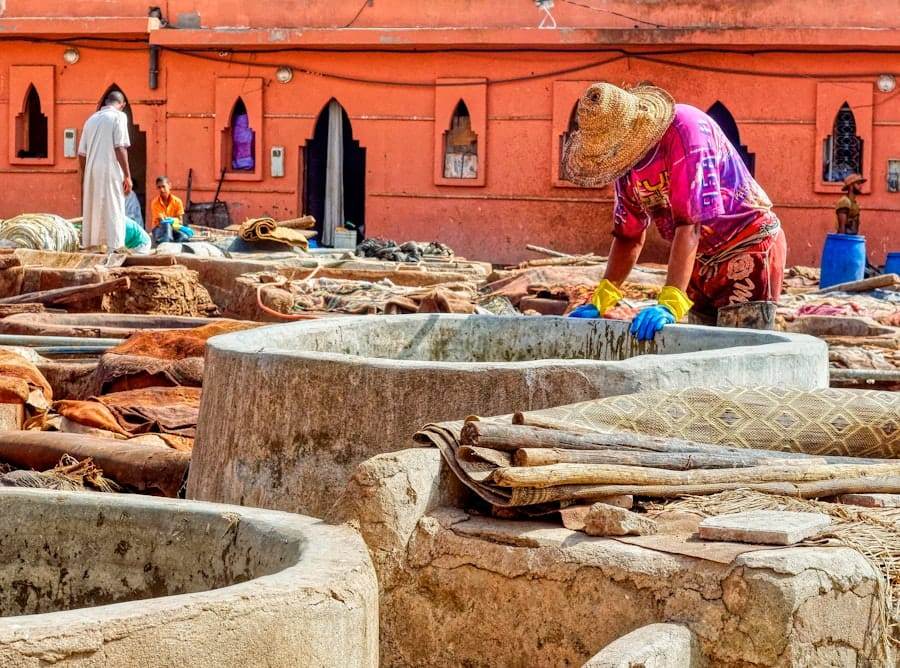
Leather can be categorized into various types based on its temper, each serving distinct purposes in leathercraft. The most common classifications include soft temper, medium temper, and firm temper. Soft-tempered leather is characterized by its high flexibility and suppleness, making it ideal for items that require a gentle touch or movement, such as wallets or clothing.
This type of leather often drapes well and conforms easily to shapes, providing comfort and ease of use. Medium-tempered leather strikes a balance between flexibility and firmness. It offers enough rigidity to maintain structure while still allowing for some degree of movement.
This makes it suitable for a wide range of applications, including bags and belts. On the other hand, firm-tempered leather is known for its durability and strength. It is less flexible but provides excellent support and structure, making it ideal for items like saddles or heavy-duty gear.
Understanding these different types of leather temper helps artisans select the most appropriate material for their specific projects.
How to Choose the Right Leather Temper for Your Project
Choosing the right leather temper for a project involves careful consideration of both functional and aesthetic requirements. The first step is to assess the intended use of the final product. For example, if creating a handbag that needs to maintain its shape while being lightweight and easy to carry, a medium-tempered leather may be the best choice.
Conversely, if crafting a pair of gloves that require maximum flexibility and comfort, opting for soft-tempered leather would be more appropriate. Additionally, artisans should consider the design elements of their project. If intricate detailing or stitching is involved, softer leathers may be easier to work with due to their pliability.
On the other hand, if the design requires structural integrity or support, firmer leathers would be more suitable. It’s also essential to think about how the leather will age over time; some leathers develop a beautiful patina with use while others may show wear more quickly. By evaluating these factors thoughtfully, artisans can select the right leather temper that aligns with their project goals.
Techniques for Adjusting Leather Flexibility
Artisans often need to adjust the flexibility of leather to suit their specific project requirements. One common technique involves conditioning the leather using oils or creams designed to soften it. This process can enhance pliability and make it easier to work with during crafting.
Applying a suitable conditioner not only improves flexibility but also nourishes the leather, helping to maintain its quality over time. Another method for adjusting leather flexibility is through heat treatment. Gently warming the leather can make it more pliable and easier to manipulate into desired shapes.
However, caution must be exercised during this process; excessive heat can damage the leather or alter its color. Additionally, wetting the leather can temporarily increase its flexibility, allowing artisans to mold it into specific forms before allowing it to dry in place. These techniques provide valuable tools for craftsmen looking to achieve optimal results in their projects.
Common Mistakes in Working with Leather Temper
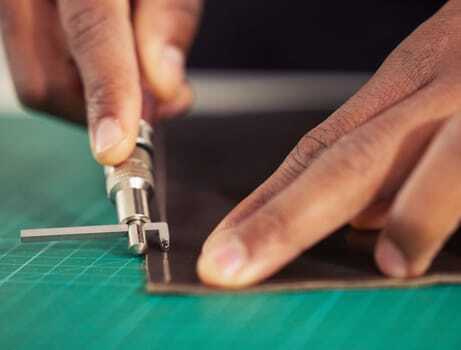
When working with leather temper, several common mistakes can hinder an artisan’s success. One frequent error is selecting the wrong type of leather for a project without fully understanding its properties. For instance, using firm-tempered leather for a project requiring high flexibility can lead to frustration during crafting and result in a final product that does not meet expectations.
It’s crucial for artisans to thoroughly research and test different leathers before committing to a specific type. Another common mistake involves neglecting proper conditioning and maintenance of the leather throughout the crafting process. Failing to condition leather can lead to stiffness and cracking over time, diminishing both its appearance and functionality.
Additionally, not accounting for how leather will behave when wet or exposed to heat can result in unintended consequences during crafting. By being aware of these pitfalls and taking proactive measures to avoid them, artisans can enhance their overall experience and achieve better results in their work.
Understanding the Role of Leather Temper in Leathercraft
Leather temper plays a pivotal role in determining how a piece will perform throughout its lifecycle in various applications within leathercraft. It influences not only the ease of crafting but also the durability and aesthetic appeal of the final product. For instance, items made from soft-tempered leather may offer comfort but may not withstand heavy use as well as those made from firmer leathers.
Understanding this balance is essential for artisans who wish to create functional yet beautiful pieces. Moreover, recognizing how different types of temper interact with design elements can elevate an artisan’s work significantly. For example, incorporating contrasting leathers with varying temeperatures can create visual interest while enhancing functionality.
A well-crafted piece considers not just aesthetics but also how each component will perform under stress or wear over time. By appreciating the role of leather temper in their craft, artisans can make informed decisions that lead to superior outcomes.
Tips for Maintaining Leather Flexibility
Maintaining leather flexibility is essential for ensuring longevity and usability in crafted items. One effective tip is regular conditioning using high-quality products specifically designed for leather care. Conditioning helps prevent stiffness and cracking by keeping the fibers supple and hydrated.
It’s advisable to establish a routine maintenance schedule based on usage; items that see frequent wear may require more regular conditioning than those used less often. Additionally, proper storage plays a significant role in maintaining leather flexibility. Storing items in a cool, dry place away from direct sunlight helps prevent drying out or fading over time.
Using dust bags or covers can protect against dust accumulation while allowing air circulation to prevent moisture buildup. Finally, being mindful of how items are used—avoiding excessive bending or exposure to harsh conditions—can significantly extend their lifespan while preserving their flexibility. By implementing these tips, artisans can ensure their creations remain functional and beautiful for years to come.
FAQs
What is leather temper?
Leather temper refers to the stiffness or flexibility of the leather. It is determined by the tanning and finishing processes used on the leather.
What factors affect leather temper?
The type of animal hide, tanning method, and finishing processes all affect the temper of the leather. Thicker hides and certain tanning methods can result in a stiffer temper, while thinner hides and different finishing processes can result in a more flexible temper.
How is leather temper measured?
Leather temper is often measured on a scale from stiff to flexible. This can be determined by feel and touch, as well as specific measurements using a leather gauge or thickness gauge.
How does leather temper affect leathercraft projects?
The temper of the leather can greatly impact the outcome of a leathercraft project. Stiffer leather is better for structured items like belts and wallets, while more flexible leather is better for items like bags and clothing.
Can leather temper be altered?
Yes, leather temper can be altered through various techniques such as wet molding, heat molding, and conditioning. These methods can help to soften stiff leather or add structure to flexible leather.

